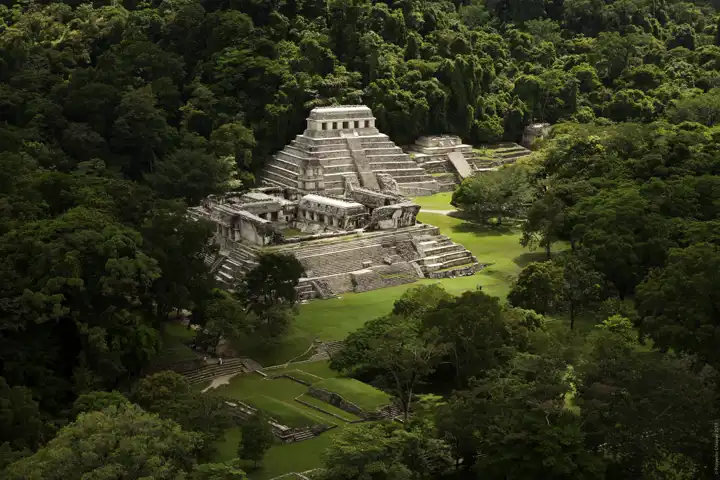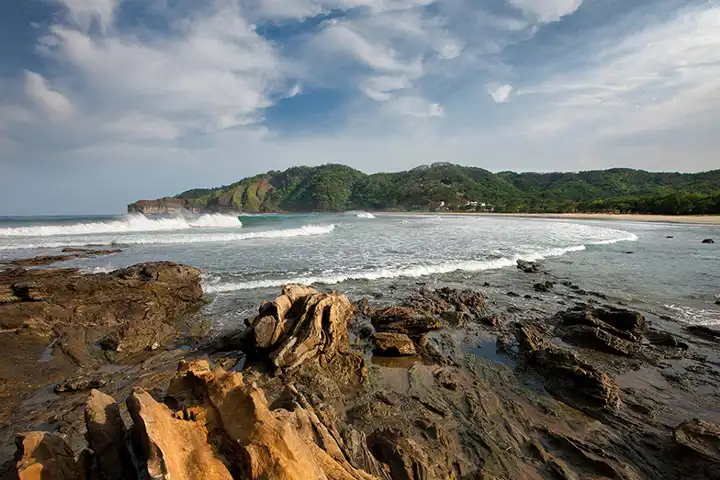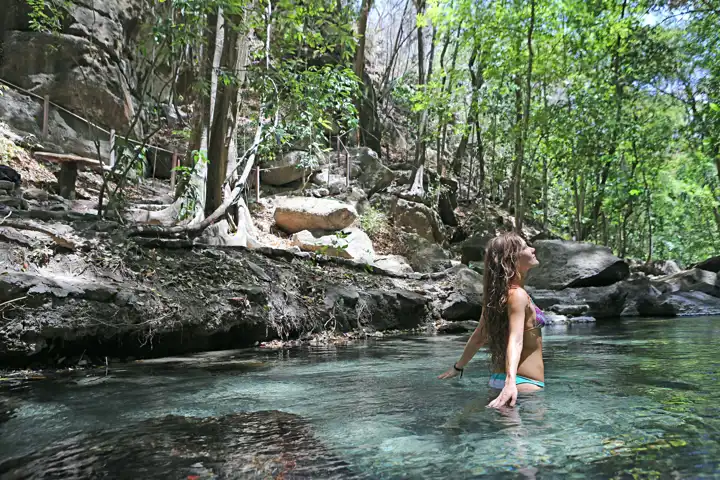Nicaragua
Venture to the Land of Lakes and Volcanoes
Nicaragua
Nicknamed “The Land of Lakes and Volcanoes,” Nicaragua is a beautiful country with varied landscapes and a rich Spanish colonial culture. Travel to Nicaragua is ideal for adventure travelers and beach goers alike. Indeed, this often-overlooked country in Central America boasts pristine coastlines on both the Caribbean Sea and North Pacific Coast, tropical rainforest, and volcanoes perfectly suited for hiking.
Colonial Culture
When you travel to Nicaragua, you can explore Nicaragua’s well-preserved Spanish colonial culture in Granada, located on the shores of Lake Nicaragua. It is also one of the oldest settlements in Central America. Its colonial architecture, bright colors, and the horse-drawn carriages provide a charming first impression of the country.
Natural Playground
Kayak on Lake Nicaragua, home to freshwater sharks and teeming with birdlife like tropical cormorant, herons, osprey, and egrets. In Matagalpa, cloud forests and nature reserves provide a great opportunity to see many types of bird, monkeys, and exotic wildlife. To soak up the sun, head to one of the many beaches, and surf among waves that have been ranked some of the very best in the world. There are also plenty of private island escapes and coastal estates, ideal for the luxury traveler.
Travel to Nicaragua with Ker & Downey
Traveling to Nicaragua with Ker & Downey offers an abundance of opportunity for relaxation and adventure travel in eco-luxury resorts. Contact us to begin planning your journey today. Be sure to explore our fully customizable Nicaragua vacation packages to get an idea of what we can do. For further inspiration, follow us on Facebook, Instagram, and X.














